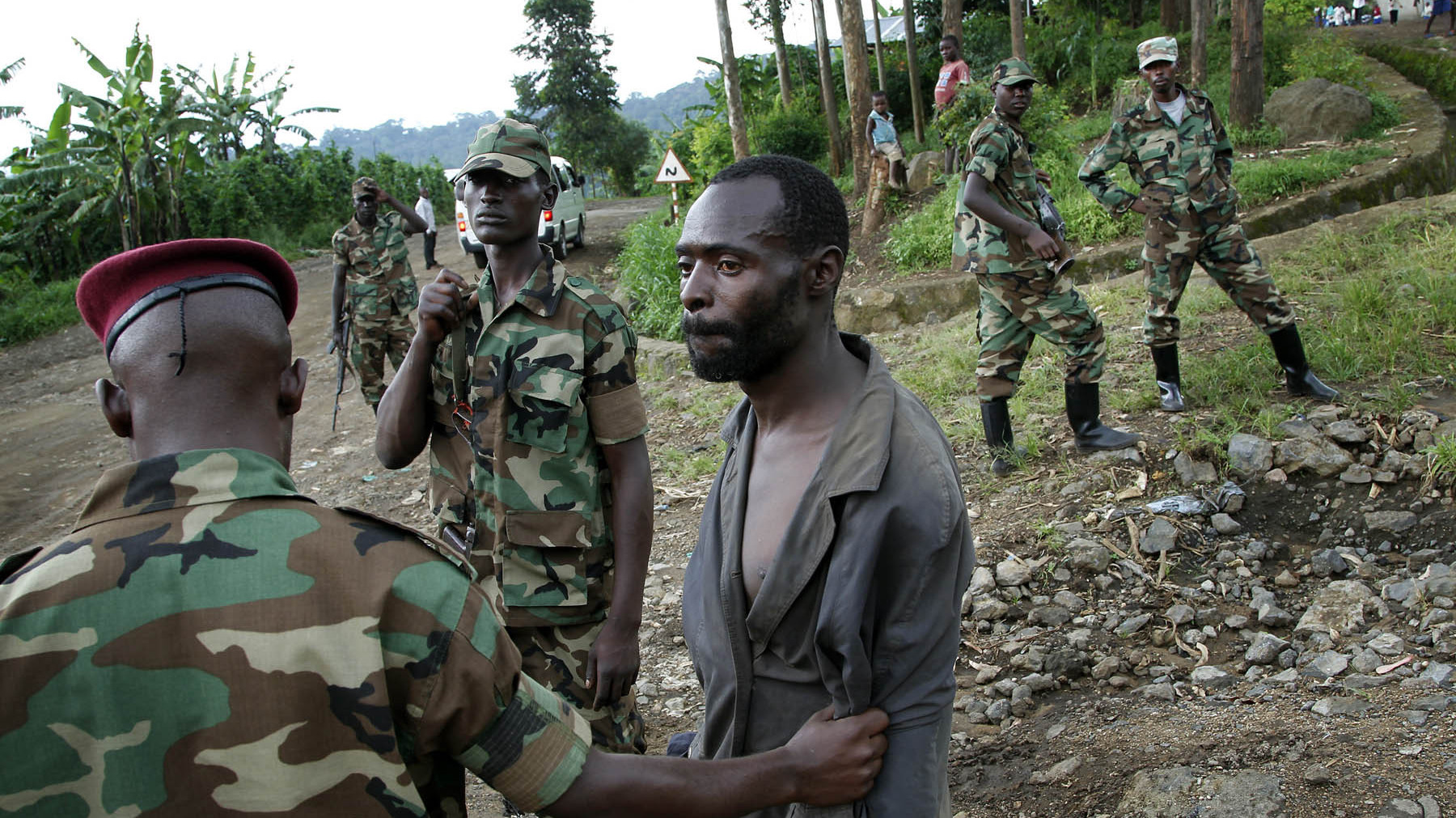During the late months of 2023, the Democratic Republic of Congo witnessed a renewed spike in violence ahead of December’s national elections.
Back in November, the clashes between non-state armed groups and government forces had displaced more than 450,000 people in the Eastern Congolese territories of Rutshuru and Masisi in North Kivu province.
During the last three months, however, aid agencies estimated that one million people were displaced as a result of the fighting.
An Escalating Humanitarian Crisis
In February, armed groups advanced towards the town of Sake which connects the city of Goma to the rest of the country. Goma is home to over two million people and is currently hosting hundreds of thousands of people who have fled the conflict.
The isolation of the city would bring “disastrous consequences to the region,” according to the Norwegian Refugee Council (NRC).
Moreover, the recent escalations have significantly restricted the population’s access to humanitarian assistance. The NRC reports that over 630,000 displaced people have remained without access to essential services.
According to the United Nations High Commissioner for Refugees (UNHCR), there are 5.8 million internally displaced people in the eastern regions of Ituri, Kivu and Tanganyika combined, one million of which have been displaced since November 2023.
Background
The conflict in eastern DRC can be traced back decades to the First Congo War in 1996 at the wake of the 1994 Rwandan Genocide, during which Hutu extremists killed around one million Tutsis and moderate Hutus in Rwanda, DRC’s neighbor to the East, pushing nearly one million Hutu refugees across the Congolese border.
In the aftermath, Hutu extremist and Tutsi groups organized militias, as foreign powers also became involved. Uganda, Rwanda and Angola invaded the DRC to target Hutu forces from Rwanda, with Namibia, Zimbabwe, Eritrea and Sudan also getting pulled into the war.
Rebel groups such as the CNDP (now called M23), Allied Democratic Forces (ADF) and CODECO emerged with support from various foreign forces.
In 2012, M23 – a Congolese rebel military group mostly formed of ethnic Tutsis – seized the city of Goma, with a special United Nations force intervening and pushing back the rebels. Ten years later, M23 resurfaced after a period of dwindling activity and seized territory in North Kivu while pressing onto Goma.
Despite attempts by the East African Community Regional Force (EACRF) and UN troops to stop M23’s advance, the group continued its advance as both withdrew after violent protests erupted in the month of November.
In December, SAMIDRC, an active regional peacekeeping mission composed of troops from South Africa, Tanzania and Malawi, was deployed.
As of mid-February 2024, M23 rebels continue to close in on Goma. The M23 recently shelled the Goma airport, damaging Congolese military aircraft.
Should the group take control of the city, it would constitute a potentially devastating blow to the government’s control of the region.
A History of Destabilization and Foreign Economic Interests
The details of the conflict, however, are much more complex. There are between 120 and 140 armed groups active in the DRC, with support from the Congolese government and foreign actors.
Despite being one of the largest peacekeeping missions in history, the UN mission of MONUSCO is seen to have little to no impact, facing a number of protests and calls by politicians for its exit following M23 attacks.
Moreover, mining plays a huge role in the conflict, with Chinese, Swiss and Emirati influence over the sector. Chinese companies control 15 out of 17 cobalt mines, while Swiss giant Glencore owns two copper and cobalt mines. The UAE, on its part, recently signed a $1.9 billion deal in July 2023 to develop four mines in war-torn Kivu and Maniema provinces.
Congo’s sizable mineral resources, accordingly, have been a factor in the crisis as various armed groups battle for their control.


